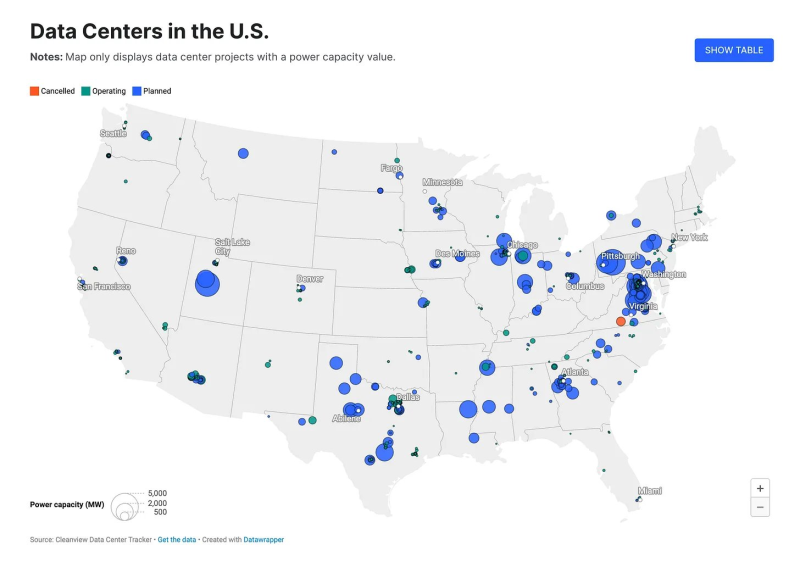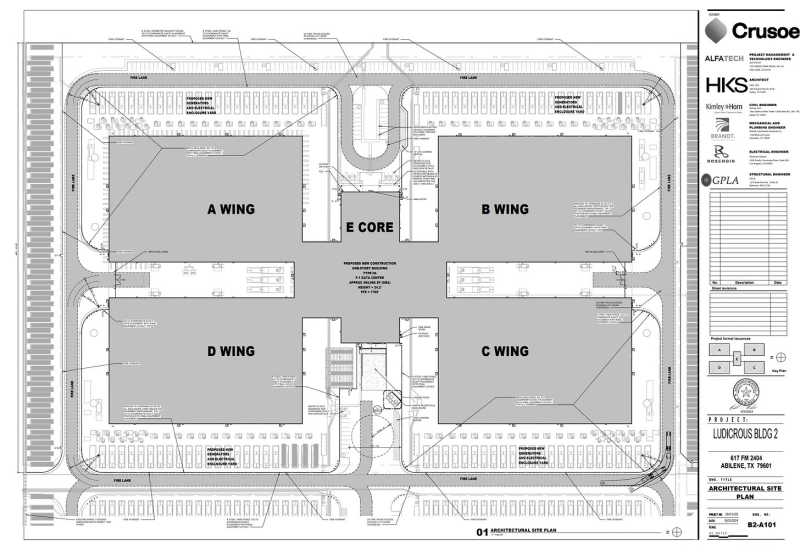● Researcher Michael Thomas recently shared a dataset tracking more than 500 planned data centers across the U.S., totaling around 125 gigawatts of capacity. The numbers paint a striking picture of the physical infrastructure powering America's AI and cloud computing surge.

● Thomas's team dug through state environmental permits to piece this together. Since nearly every data center needs backup diesel generators, they all require air quality permits. By combing through public records from Virginia, California, Texas, and other states, they uncovered hundreds of facilities — including OpenAI's Stargate project.

● They didn't stop at permits. The team cross-checked developer websites, SEC filings, and investor docs to catch multi-phase expansions and capacity details that weren't always public. Companies like Applied Digital disclosed specifics for projects like North Dakota's Polaris Forge 1, while local news about zoning and tax breaks helped fill in the gaps.
● The financial picture is enormous — likely over $500 billion in investment — with major ripple effects on power grids, jobs, and tax incentives. The heaviest clusters are in Virginia, Texas, Utah, and Georgia, now seen as AI infrastructure hubs.
● But the boom comes with tradeoffs. Communities are dealing with water consumption, diesel emissions, and massive power demands. As Thomas put it, "Data centers are becoming the new oil refineries" — essential for competitiveness but politically touchy because of their energy footprint.
● As AI demand keeps climbing, this dataset offers one of the clearest looks yet at the infrastructure race shaping the next industrial era, where energy, data, and policy are colliding at massive scale.
 Marina Lyubimova
Marina Lyubimova

 Marina Lyubimova
Marina Lyubimova


